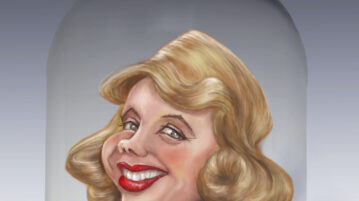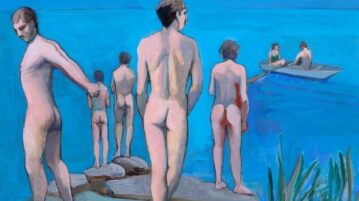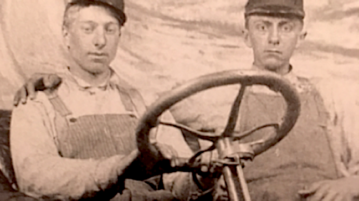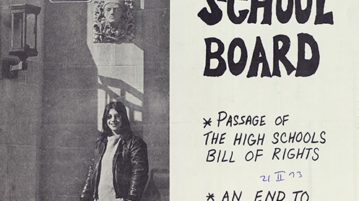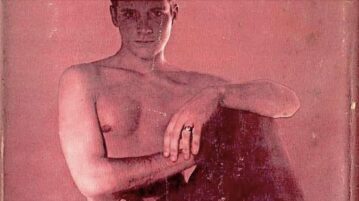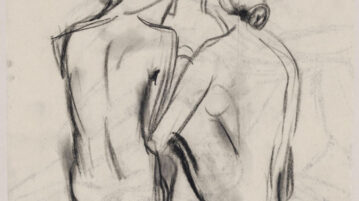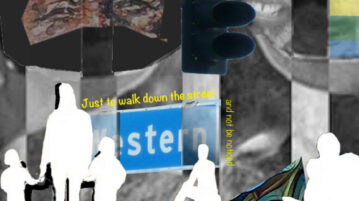
On the Road to Hobohemia
Jack Worby was one of the hundreds of thousands of young men who took to the roads and rails of America in the decades between the end of the Civil War and the onset of the Great Depression of the 1930s. They called themselves tramps or hoboes or ’boes.
More

